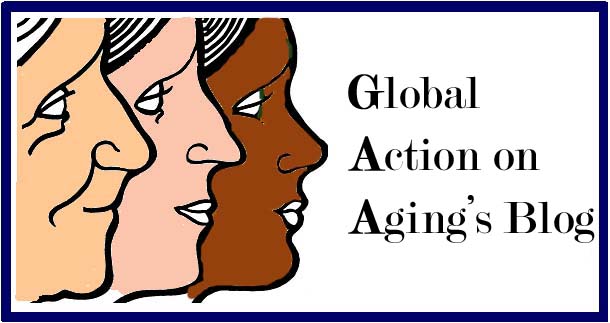
Since the arrival of HIV medication, death rates related to HIV and AIDS have changed remarkably. The medications have proven effective. People with the virus can stay healthy and live longer than ever before. Thanks to medications, a growing number of people can age despite the virus. Only in the US are more than one million people living with HIV. Around 37 percent of those persons are 50 years old or older. According Yale Medical School experts, this number is expected to grow to 50 percent by 2017.
Unfortunately, research has not focused much on HIV/AIDS and aging. What is the impact on the older individuals, who also might be suffering from normal comorbidities of aging. Combining aging and HIV probably means that persons need more drugs than the average older person. Consequently you end up with a higher medical bill.
Older persons in the US are already on a limited budget. According to the US Census Bureau in 2010, 16 percent, or 49.1 million old people live in poverty. Out of those, 15.9 percent are 65 years or older. Medical spending for those who are 64 years old is almost twice as high as for a person aged 35. This age group usually requires more health care and more expensive medical treatment. High medical bills are basically pushing older Americans into poverty.
What is the cost for an individual living in the US to be treated for their HIV?
HIV drugs cost a lot. The lifetime cost of care for a person can easily reach up to hundreds of thousands of dollars. The average cost of HIV treatment is $ 14.000 – $ 20.000 a year, according Michael Kolbe, MD, (Professor of medicine and Director of Comprehensive AIDS Program and Adult HIV Services). If you pay only $1,000 per month you are doing well.
What kind of treatment does HIV positive people receive?
An HIV positive patient’s drug costs depend on how far the virus has gone. After being diagnosed patients, usually are treated with antiretroviral therapy (ART). It uses different kinds of medications to keep HIV from growing and multiplying in the body. ART lowers the amount of HIV in the body, so that the immune system can stay strong and healthy. Some ART drugs keep the virus from reproducing and some block HIV from entering the body’s cells. ART does not cure HIV; it keeps HIV from damaging the immune system. However, if a patient misses doses or stops taking the HIV drug, he or she runs the risk of developing drug – resistant HIV. This means AIDS patient must add more drugs to their doses.
Staying healthy is expensive, is there any kind of economic help available?
Without insurance very few people in the United States could afford HIV drugs. Luckily there are programs that can help people without insurance. Those 65 or older can get economic help from Medicare. To understand Medicare better I spoke to Norma Harris (Health Insurance Specialist at Medicare in NYC). She explained how Medicare can help people.
“Medicare is the federal health insurance program for people age 65 and older and younger adults with permanent disabilities. Most people age 65 and older are entitled to Medicare if they are eligible for Social Security payments, which are based on credits earned through working.”
Today Medicare is an important source of health coverage for people with HIV. It covers approximately one fifth of people living with HIV in the US. (Besides people over 65, there is also a large group of young adults that qualify because they are disabled and receives Social Security Disability Insurance). One of the biggest challenges for Medicare beneficiaries living with HIV/AIDS is the lack of a prescription drug benefit. Without drug coverage, most people living with HIV/AIDS on Medicare experience very high out-of-pocket costs to pay for life-prolonging antiretroviral medications or they are simply unable to afford and access these drugs. Many people living with HIV/AIDS on Medicare rely on public or private supplemental insurance to help pay for prescription drugs. With the current economic crisis, many states are cutting back on drug programs for HIV patients.
New challenges to come
As more people with HIV/AIDS live longer, they will be more likely to qualify for Medicare. Since the 50 + group also is the fastest growing population group, the pressure on the program will be enormous. Medicare’s spending on HIV has increased with 70 percent since 1995. This number is expected to grow. People are already struggling with the high costs of their medicine. The drugs are effective and they are available. But the US is still dealing with a high number of HIV/AIDS patients who do not take their ART medication. We need more government funds or the cost of the HIV care must be reduced. To reduce the costs, we must turn to the pharmaceutical companies to lower the costs. Of course, the least expensive option would be a successful prevention program to stop the estimated 40.000 new HIV infections that occur in the US each year.*
Sanna Klemetti s.klemetti@globalaging.org
To learn more please read further:
Medicare and HIV:

